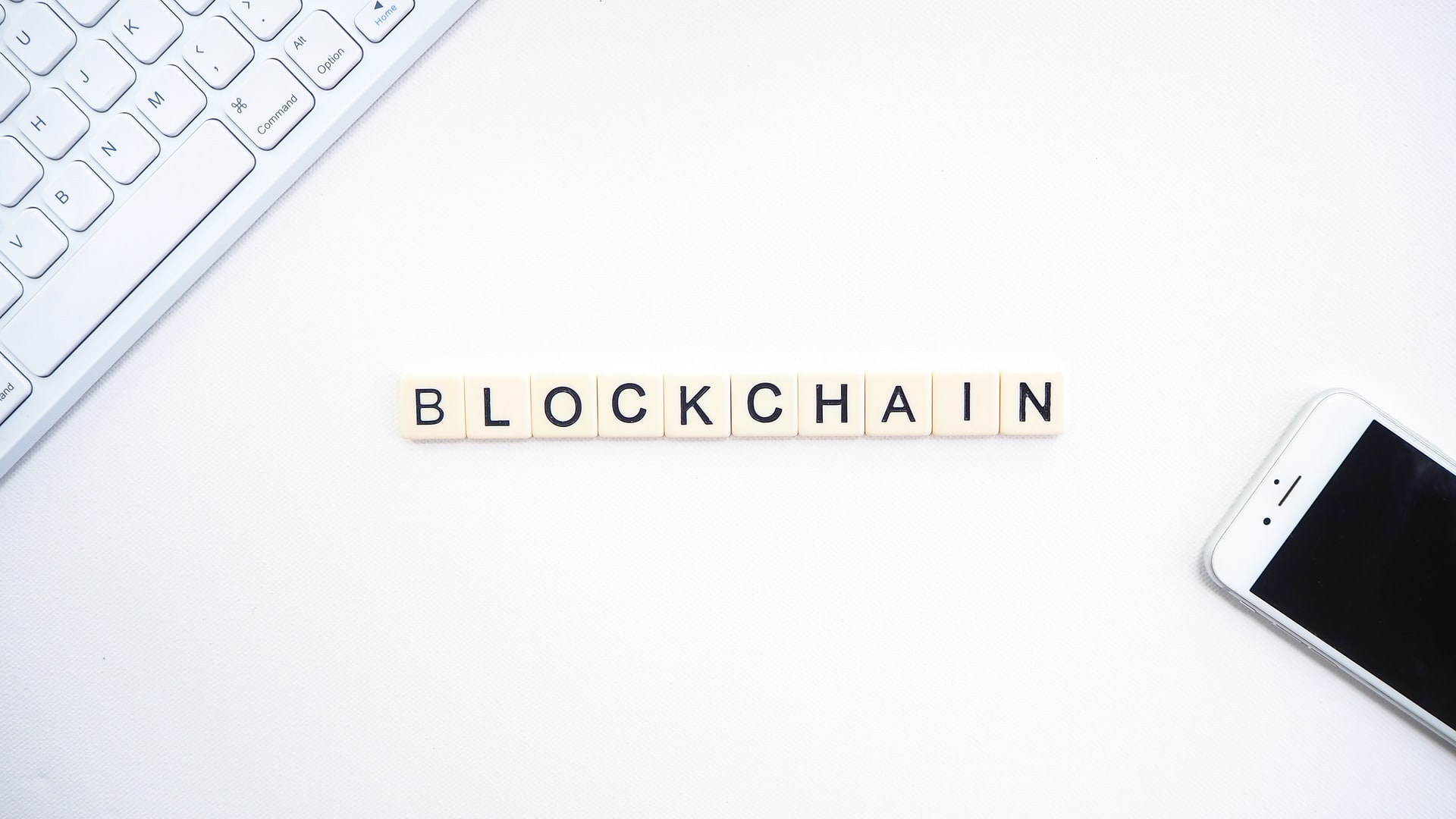Even though blockchain technology is all about protecting data, that does not mean that any application running on blockchain is immune to attacks. Actually, it can be challenging and quite time-consuming to secure a blockchain application from an attack – which makes blockchain security audits even more important.
In the beginning, mostly trading and cryptocurrency were using blockchain. Still, nowadays, more and more apps are relying on this technology – in industries such as health care, banking and finance, gaming, food safety, and more. Blockchain is known to one of the most secure technologies, but there have been attacks and known vulnerabilities even so.
Performing a regular blockchain security audit is the only way to eliminate such loopholes in security and reduce the number of vulnerabilities. Since blockchain applications differ from those running on a centralized system, if a problem arises, you will not be able to interrupt the operations as it is a decentralized system.
A blockchain audit will ensure that you are protected from cyber threats. The process usually is performed manually and involves the use of analysis tools. Read on to find out more about the step for performing a blockchain security audit.
Define your audit goals
To ensure that the blockchain security audit is successful and to avoid any confusion in the process, always define your goals before you start. The broad goal of any audit is to find the security risks and weak points in your system and network. But you can also set more narrow goals to cover specific areas that are crucial for your exact needs. Define an action plan that will be followed throughout the audit – this way, you will avoid the risk of missing something and will keep the assessment on track.
Recognize the component and associated data flow of the target system
Next, you need to identify the components and the associated data flow of the target system. You also need to understand the architecture of the project and its use case. To perform a successful audit, you need to review test cases and test plans. Lockdown the source code version to ensure transparency and differentiate the audited version – and do not forget to document the number of the version.
Identify potential security risks.
A blockchain app will have APIs and nodes that communicate over public and private networks. With the constant evolution of the implementations and risks, you need to constantly review the risks – such as those related to data, transactions, and so on.
Threat modeling
This is one of the crucial elements of a blockchain security audit. Threat modeling allows you to identify easier potential security issues. Even more, it can uncover data tampering and data spoofing and identify any data manipulation.
Exploitation and remediation
The final step is about exploitation & remediation – this will reveal the gravity of the risks found in the steps above; finally, remediation is about dealing with the vulnerabilities and their manifestations on the system.
Conducting regular blockchain security audits is very important for your business as it will allow you to assess any existing unpatched vulnerabilities and security loopholes.



